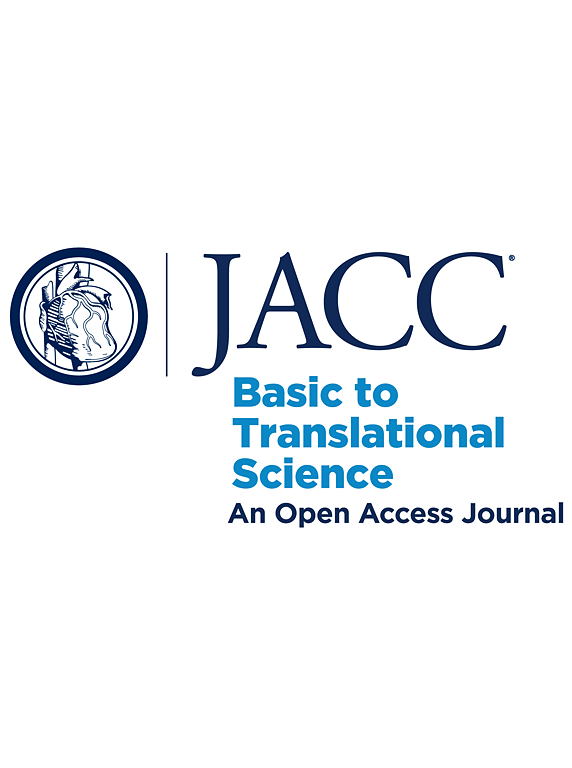最近的病理生理学见解正在推进静脉血栓栓塞的治疗
IF 8.4
1区 医学
Q1 CARDIAC & CARDIOVASCULAR SYSTEMS
引用次数: 0
摘要
静脉血栓栓塞,定义为深静脉血栓形成和肺栓塞,是全球心血管死亡的第三大原因。未解决的静脉血栓的长期并发症包括腿部血栓后综合征和慢性血栓栓塞性肺动脉高压。随着静脉血栓的老化,急性、纤维蛋白和红细胞丰富的成分转变为慢性细胞性纤维化肿块,对目前可用的治疗方法没有反应。标准的抗凝治疗不能完全防止血栓复发,并可能引起严重出血。溶栓治疗可以解决血栓,但有不可接受的出血风险。最近发现的治疗急性静脉血栓栓塞的药物主要集中在新的靶点上,这些靶点可能提供更高的安全性和有效性。其他治疗策略集中在急性到慢性静脉血栓栓塞的过渡阶段,使用抗炎药、他汀类药物和血管扩张药物。在这篇综述中,我们讨论了静脉血栓老化的机制,它的临床意义,以及静脉血栓栓塞药物治疗方法的最新进展。本文章由计算机程序翻译,如有差异,请以英文原文为准。
Recent Pathophysiological Insights Are Advancing the Treatment of Venous Thromboembolism
Venous thromboembolism, defined as deep vein thrombosis and pulmonary embolism, is the third leading cause of cardiovascular deaths globally. Long-term complications of unresolved venous thrombi include post-thrombotic syndrome in the legs and chronic thromboembolic pulmonary hypertension. As the venous thrombus ages, the acute, fibrin, and red blood cell-rich composition changes to a chronic cellular, fibrotic mass that does not respond to presently available therapeutic approaches. Standard anticoagulation treatment does not fully prevent recurrent thrombosis and may cause serious bleeding. Thrombolytic therapy may resolve thrombi but it has unacceptable bleeding risks. Recent drug discovery for acute venous thromboembolism has focused on novel targets that may provide enhanced safety and efficacy. Additional therapeutic strategies have focused on the transition phase of acute-to-chronic venous thromboembolism with anti-inflammatory agents, statins, and vasodilator drugs. In this review, we discuss the mechanisms of venous thrombus aging, its clinical implications, and the latest developments in pharmacotherapeutic approaches for venous thromboembolism.
求助全文
通过发布文献求助,成功后即可免费获取论文全文。
去求助
来源期刊

JACC: Basic to Translational Science
CARDIAC & CARDIOVASCULAR SYSTEMS-
CiteScore
14.20
自引率
1.00%
发文量
161
审稿时长
16 weeks
期刊介绍:
JACC: Basic to Translational Science is an open access journal that is part of the renowned Journal of the American College of Cardiology (JACC). It focuses on advancing the field of Translational Cardiovascular Medicine and aims to accelerate the translation of new scientific discoveries into therapies that improve outcomes for patients with or at risk for Cardiovascular Disease. The journal covers thematic areas such as pre-clinical research, clinical trials, personalized medicine, novel drugs, devices, and biologics, proteomics, genomics, and metabolomics, as well as early phase clinical trial methodology.
 求助内容:
求助内容: 应助结果提醒方式:
应助结果提醒方式:


